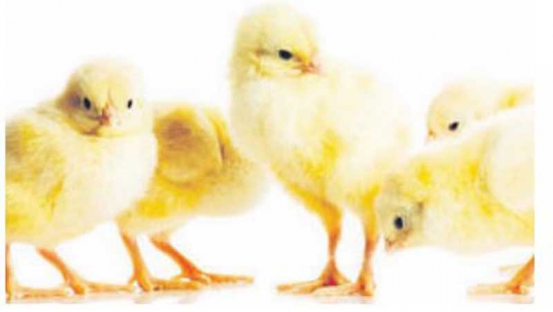
In one of the previous Smart Harvest editions, we mentioned the importance of sourcing quality first generation/F1 chicks for maximum production. For farmers who have an incubator, the source of good quality fertilised eggs is fundamental. Several farmers have inquired about the benefits and the difference between the different generations of chicks.
First generation chicks are offsprings of roosters and hens that are not related. When the two are closely related, we end up with inbreeding and chicks produced do not perform as well as those of first generation – both in egg production and in growth.
My good family friend, Mr Wainaina, has been a victim of inbreeding, although this came about due to ignorance and misinformation. He bought an incubator about two years ago -- one with a capacity of 528 eggs.
He got a high quality incubator, supplied by one of the top incubator manufacturing companies and had a power backup as well. He had anticipated expanding his poultry farm and supplying the growing demand for kienyeji meat in his home town of Karatina, Nyeri County.
One factor that Wainaina overlooked was his source of fertilised eggs – quality F1 fertilised eggs. He therefore ended up buying eggs from the poultry kienyeji farmers in his neighbourhood, which was the beginning of Wainainas’ problems. Fertility and quality of the eggs were questionable, since the farmers most likely did not follow the protocol used when raising the parent stock.
The second part of his troubles started after chicks had hatched. He noticed that the number of deformed chicks was high and these are usually culled. Some of the chicks were very weak and succumbed within a few days of hatching since they had low immunity against diseases.
Stunted growth
Another observation he made was poor growth rate and lack of size uniformity. Stunted growth was also common. All these are the negative effects of hatching eggs that have been produced through inbreeding. Production is usually lower in birds that have gone through inbreeding. In laying birds, the point of lay (start of lay) is usually delayed. Number of eggs produced per year per bird is also decreased.
Eggs used for hatching should never be produced through inbreeding. Fertile eggs should be sourced from breeder farms that rear “parent stock”. Breeder farms follow certain standard procedures, which include special diet for the birds, specific stocking rate of cocks to hens, specific vaccination regimes as well as management practices.
These ensure the eggs produced are of high quality and have a high fertility ratio -- result is quality F1 chicks. Parent stock birds are selected from a pure line of birds that do not share common ancestors.
F1 chicks should not be used as breeder birds but should instead be reared for meat and eggs for consumption. If breeding takes place between the F1 birds, the result is second generation chicks or F2.
The further this inbreeding chain is repeated, the poorer the quality of the resultant birds. The advice we offer farmers is to break this chain by either introducing a new breeding cock or a hen of a different genetic line. During inbreeding, undesirable traits or inferior genes that are carried by the parents are usually multiplied and strongly manifested in the progeny.
Farmers also need to ensure they maintain a ratio of one cock to 10 hens for maximum fertility. The vaccination programme of the day-old chicks should be adhered to depending on the breed.
The writer is a veterinary surgeon and runs Nature Kuku, a farm in Naivasha that produces kuku kienyeji breed and trains smallholder farmers.
Stay informed. Subscribe to our newsletter
 The Standard Group Plc is a
multi-media organization with investments in media platforms spanning newspaper
print operations, television, radio broadcasting, digital and online services. The
Standard Group is recognized as a leading multi-media house in Kenya with a key
influence in matters of national and international interest.
The Standard Group Plc is a
multi-media organization with investments in media platforms spanning newspaper
print operations, television, radio broadcasting, digital and online services. The
Standard Group is recognized as a leading multi-media house in Kenya with a key
influence in matters of national and international interest.
 The Standard Group Plc is a
multi-media organization with investments in media platforms spanning newspaper
print operations, television, radio broadcasting, digital and online services. The
Standard Group is recognized as a leading multi-media house in Kenya with a key
influence in matters of national and international interest.
The Standard Group Plc is a
multi-media organization with investments in media platforms spanning newspaper
print operations, television, radio broadcasting, digital and online services. The
Standard Group is recognized as a leading multi-media house in Kenya with a key
influence in matters of national and international interest.



